For the third time, scientists of the International Research Training Group StRATEGy 'SuRfAce processes, Tectonics and Georesources: The Andean foreland basin of Argentina' are under way in the Argentine Andes. A group of 30 PhD students from different countries in South America, Europe, and North America participates in a workshop to learn methods of geological fieldwork such as drone based aerial photography, GPS measurements, and detailed field observations, and to collect data for their PhD theses.
The Andes are the result of a plate tectonic process: here, the Pacific Nazca plate dives under the South American plate, which gets compressed. Alexander von Humboldt was already fascinated by the region during his travels at the beginning of the 19th century. The mountains extend over a length of about 7000 kilometres from the tropical rain forests on the equator to the glaciated areas of Patagonia.
StRATEGy investigates the so far poorly understood connection between tectonic and climatic processes and their effects on the formation of georesources such as metals. Four PhD students from the GFZ are involved in the project. We talk to Constanza Rodriguez Piceda from GFZ section Basin Modelling and Marisa Repasch from the section Geomorphology about the project:
GFZ: What do you think makes the project StRATEGy special?
Marisa Repasch: Many researchers who travel to other countries to investigate geological questions hardly get into contact with local scientists or residents. This bears, however, a great potential for understanding a scientific question. Within StRATEGy we are in close contact with Argentine geoscientists and students and both we and the Argentine scientists benefit from this.
Constanza Rodriguez Piceda: StRATEGy is also so special because it brings together scientists from different geoscientific disciplines in order to achieve a comprehensive understanding of the processes in the Andes and in bordering foreland. This was never done before.
Repasch: We also learn how complex international projects are implemented. This is important for a future in an increasingly interdisciplinary scientific world.
GFZ: Which research question are you dealing with in your PhD project and how does this contribute to answering the general questions of the project?
Repasch: The overarching goal of StRATEGy is to investigate the relationship between tectonic processes and the climate. The understanding of sedimentary processes that I deal with in my PhD project plays an important role in this.
Many cities in the foothills of the Andes struggle with sediments washed up from the Andes and deposited on the banks of rivers. I investigate at which times and under which conditions the sediments erode in the mountains get transported.
Rodriguez Piceda: My research question relates to the state of the lithosphere, i.e. the Earth's crust and the outermost part of the Earth's mantle in the south of the Central Andes. I study the temperature curve and the strength of the rock material from the Earth's surface to the depths. Here at the plate boundary, the question arises how the submergence of one plate under the other is influenced by the different rock properties of the two plates. This also effects the mountain formation processes and the occurrence of earthquakes.
And again the question arises how the crustal structure is related to climate.
GFZ: What methods do you use?
Repasch: I work for example with geochemical tracers such as leaf waxes: If I can assign the leaf wax biomarkers found in a sediment to a place of origin, I know where the entire sediment comes from.
I also collect suspended matter from rivers and later analyse it geochemically back in the laboratory in Potsdam. I would like to develop a method that allows me to determine the age of a sediment with the help of cosmogenic nuclides, i.e. atoms formed by cosmic radiation in the atmosphere or on the Earth's surface. I can then reconstruct at which times different sediments were transported.
Rodriguez Piceda: I am working with a software called IGMAS+ on a 3D gravity modelling for the region. For this I use different existing geophysical and geological data or data that are collected within StRATEGy to integrate into my modelling, such as seismic profiles or tectonic plate thickness data.
GFZ: What do you particularly like about working in the Andes?
Repasch: The Andes are a very impressive mountain range with many traces of active tectonics and a huge climatic gradient. Because of the high mountains, within 50 kilometers radius you can travel from a humid tropical forest to a dry desert, which lies behind a mountain front that cannot be passed by a humid air mass.
The extreme conditions of landscape and climate are also a challenge for the local population. The knowledge that our research can contribute to improving people's living conditions, for example by enabling them to better protect their infrastructure, strengthens my belief that our work is important even beyond science.
Rodriguez Piceda: It's great to be part of a project that is exploring such a unique natural environment. Since I am Argentinean myself, I am also very happy to make a scientific contribution to the geological understanding of my country.
StRATEGy is a project of the University of Potsdam, GFZ, and Argentinean university partners, funded by the German Research Foundation DFG and the State of Brandenburg.
Interview: Ariane Kujau
Instagram: #strategy2019argentina


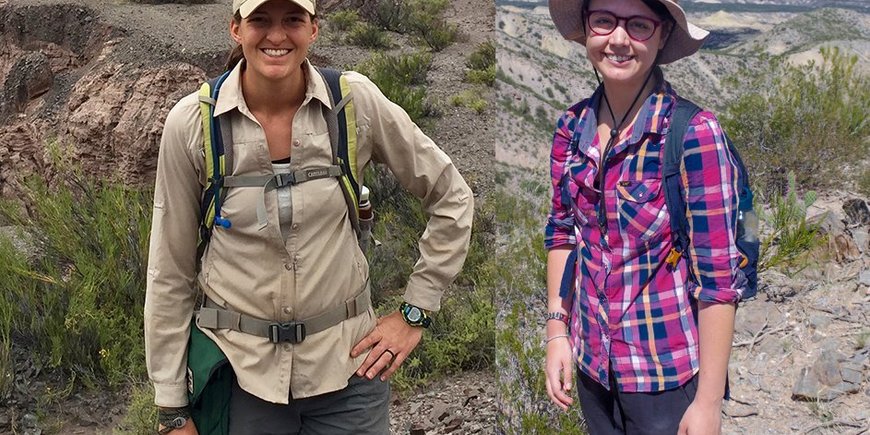


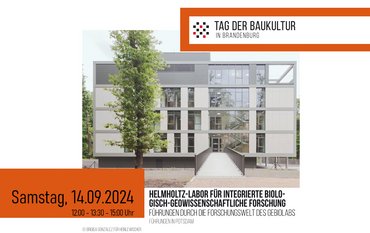
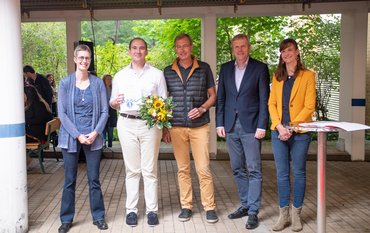
![[Translate to English:] Ice landscape with five red tents](/fileadmin/_processed_/8/9/csm_Zeltlager_auf_dem_Eis_Urheberin_Jenine_McCutcheon_5ced2d523b.jpeg)

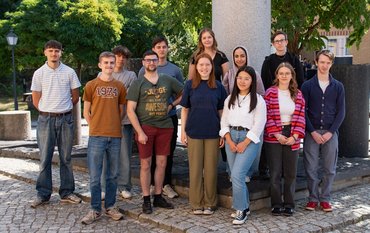
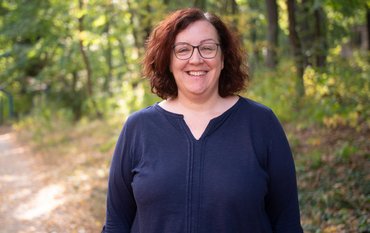
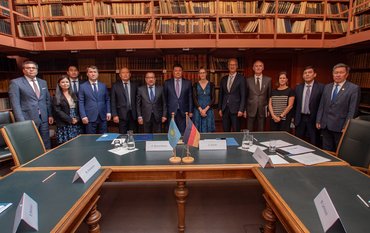




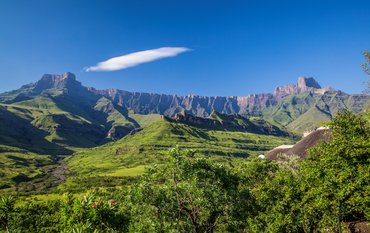

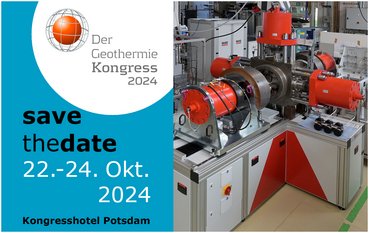
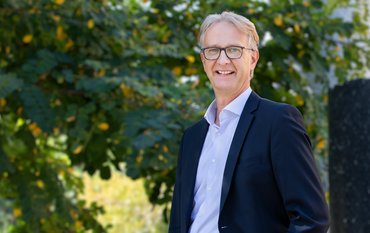
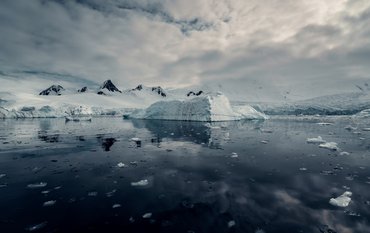

![[Translate to English:] Group photo with 7 people in front of a new metal plant in a large laboratory hall.](/fileadmin/_processed_/0/4/csm_20240628-GFZ_Einweihung_Triax-Anlage-PRESSE_Abb1_040_c-Bahlo-GFZ_187906cb48.jpeg)

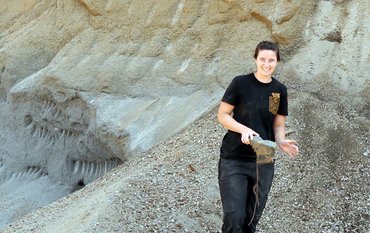

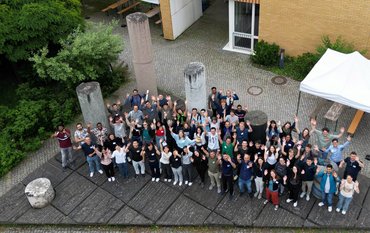
![[Translate to English:] Heidi Kreibich, woman with short brown hair and blue eyes. She is wearing a grey cardigan and a red polo shirt](/fileadmin/_processed_/6/6/csm_kreibich-Heidi_1_Querformat_he-2021_2dedd3ef33.jpeg)
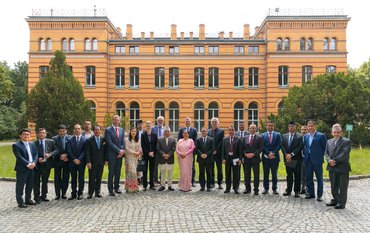



![[Translate to English:] [Translate to English:] Totes Meer gesehen von einem Hügel am Ufer](/fileadmin/_processed_/0/f/csm_20240612-web_AdobeStock_151245578_cb8e2706f3.jpeg)